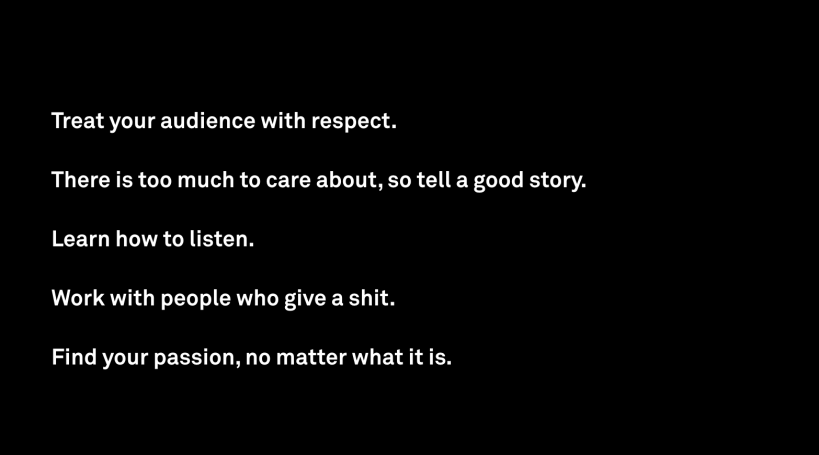
The following is an excerpt from my presentation to the Melbourne University MPH group for their Health Promotion course. It was presented on 30/03/2016. It includes highlighted slides/videos (12 of 39) and edited text.
Big brands, big data and big dollars: Observations about communications and health promotion.
Today I’m here to talk to you about effective communication and how it relates to the work you do and what you’re studying. Firstly, I don’t have a health background. I’m a trained graphic designer. I studied a Master of Visual Communication and focused on the misuse of information in Pharmaceutical advertising, as well as how design can be used as a tool for education.
I spent most of my undergrad working in publications because I loved the power of storytelling. I think it was this work that helped me discover my love for communications in general and then as I moved to post grad, I focused on health related fields and wanting to question the morals and ethics of my industry.
Over a number of years, I have worked in brand strategy, digital strategy, advertising, technology and business development. I am no longer a graphic designer but have moved up the ranks to digital strategist and now CEO at a health tech company and have helped brands like Save the Children, Habitat for Humanity, Australian Catholic University, GMHBA, Health& and Mercedes-Benz solve their communication problems through advertising campaigns, social media strategy and most recently the development of digital tools and products.

Last year when I was invited to speak, I looked mostly at the tactics of big brands on social media and the influence of fast food, soft drink and alcohol brands on our news feeds. I want to do a quick review of the state of play and give you some insight into what goes on behind the scenes, but then I want to branch out more into what makes for effective communication and show you some examples from organisations who I think are getting it right — and hopefully show you some campaigns you haven’t seen before. I want to do this because in the last 12 months I’ve learned that what’s exciting is not behind the scenes, tinkering with advertising tools. It’s with people like you, thinking, collaborating and working on new ways to solve the problems we all face. And I hope today to show you why.
2015 was a big year for digital communication. More and more money was invested in social media advertising, video content blossomed and the major focus for marketers was on data. Let me make one thing clear from the outset: the playing field for us is not neutral. It is hugely lopsided towards big brands who can invest millions of dollars in widespread campaigns that reach millions of people.
In Australia, the average reach of top brands like McDonalds (64,975), Coca-Cola (10,256), Yellow Tail (21,799), Cadbury (27,039) is in the tens of thousands. That means, every time these brands post on Facebook, that many Australians are seeing a brand message. These individual posts are seen by more people than the entire fan base of VicHealth, Diabetes Australia, and almost the Heart Foundation.
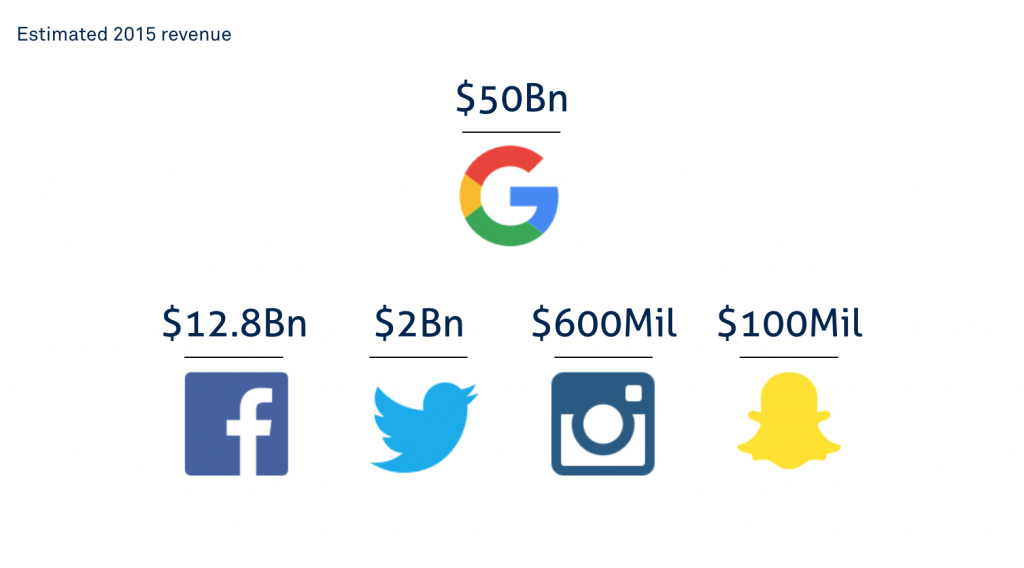
To achieve these figures, brands pay for advertising space. Across main digital channels, Facebook (12.8Bn), Instagram (600Mil), Twitter (2Bn) are all drawing in huge sums of money. Snapchat was on track to top 100 Million revenue in its first year. Snapchat charges marketers two cents per view on a 10-second ad that shows up on one of the Live Stories contents. These attract 20 million people on average in a 24-hour span, meaning a single ad can be worth about $US400,000. Google was on track to hit $50Bn in advertising revenue in 2015.
These are obscene amounts of money to think about when the objective is mostly towards shifting product. And therein lies the battle. Brands shift product whereas most health organisations try to shift a message and change behavior. But humans don’t like to be told what to do. Humans like bang for their buck. We are driven by emotion and reward. Advertising and marketing tries to engage us through the instant emotional reactions we feel to any situation — positive or negative — and then give us reasons to justify this response through more functional means.
One big shift in the health landscape recently has been towards tools and products that provide positive reinforcement for the right behaviours and activities. Think FitBits, apps, and all the little devices that remind us what we’re doing and when. All of this is data driven, and that’s why data is the new king.
The leaders in the field are brands like Mondelez who launched a campaign to use real-time audience measurements that allows for the overlaying of historical data to identify when the Cherry Ripe target audience is most likely to be paying attention to the screen at the petrol bowser and promote the product on site.
Compare that to companies like New York start up Oscar who use customer data to provide rewards for positive behavior — Oscar provides members with free Misfit wearable fitness devices and they can receive up to $240 a year through Amazon gift cards for reaching specific daily walking goals. Think about the difference in sophistication there. One is highly targeted through incredible data analytics, the other is already pretty common. At least it’s a start, but there’s a long way to go.
But there is a shift in new businesses, particularly in health and education, with ‘profit for purpose’ becomes the new normal for operating models. With this, I believe bigger budgets will start to see the light of day. Digital communication is now so powerful that companies exist solely to find where and how people are talking about you and give you any insight you need to turn that into some kind of action. And health organisations are catching on to the cost efficiency of these tools.
Thankfully, these aren’t just for big brands. Anyone can start to use this approach, which becomes especially important when considering the effectiveness of a campaign. Targeting can be so specific now that in many cases, the success of a campaign is not how many eyeballs but how many of the right eyeballs. It’s not so important now to say that a million people have seen your work. What’s critical is to say that 1000 people saw it and then went and did something about it.
But the reality is, these are just tools. They are just the mechanisms by which we communicate. Big brands lead the way and we can all learn from how they work. But if your message isn’t clear and if it isn’t relevant, no matter how many millions of dollars you spend, it won’t change a thing.
So what makes for effective communication in health? Why is it that health related communications is so far behind other sectors? My interpretation is that most people don’t want to listen or haven’t yet found their reason to listen. I drink a can of Coke or eat a chocolate bar and don’t see any immediate negative effects, so I have no reason to change my behavior at that stage. Health in general is a reactive experience — something happens to you or a loved one and that sparks action, but otherwise it kicks along in the background until that moment of truth occurs. But as educated people, you all know that it’s not that simple and that these small decisions we make every day have built up to have massive cumulative effects for society at large.
And because you know the information you have to impart is so important, without the right communication skills, you quite quickly create a divide between yourself and your audience. It becomes us and them. And as soon as you treat your audience as a ‘them’ you’ve lost the ability to communicate. You have to find a way to relate.
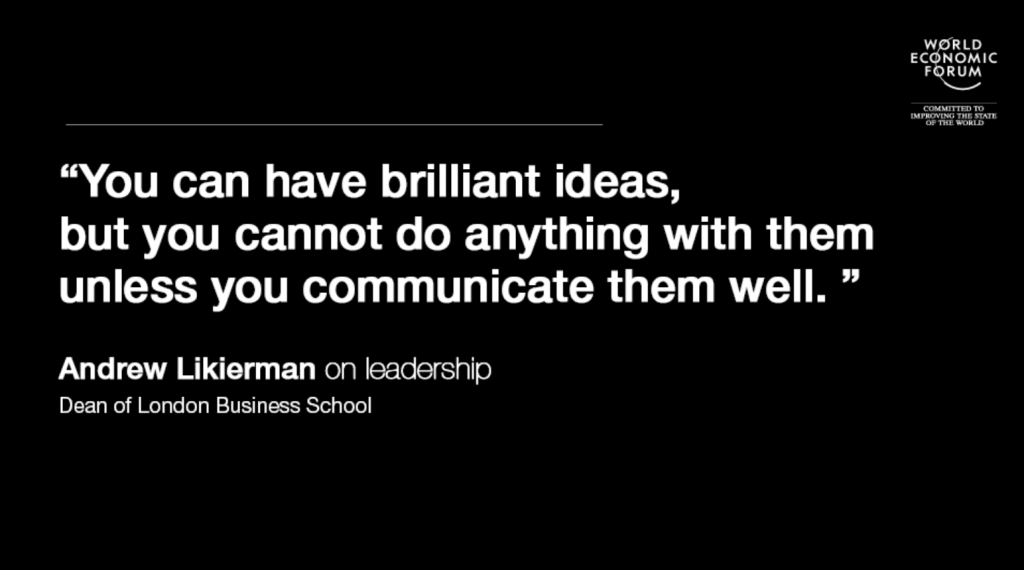
You need to create a conversation and give your audience a reason to keep coming back. Successful campaigns rely on incremental changes over time and providing the tools needed for people to take control of their own future. It’s not a conversation if you’re constantly telling someone what to do, so understand the back and forth nature of communication and slowly add in your voice and develop your message over time. Understand that isolated advertising and one-offs make up only part of a much broader communications ecosystem.
So this is why, to me, your greatest challenge is learning how to communicate properly. Therefore I want to share with you my advice on improving communication, show some examples and hopefully leave you with some thoughts for the future.
Treat your audience with respect
By sitting in this room, you’re already in the upper of intelligence in Australia. You’re all smart people and you’re all setting out on a career that has the interest of others at its core. And that’s an incredible decision to make. But don’t place yourself on a pedestal around others. Public health and global health are rife with people who know how to preach, and while that engages a small percentage of people, it alienates the rest of us. It doesn’t give Johnny No-shits a reason to consider the outcomes of his actions.
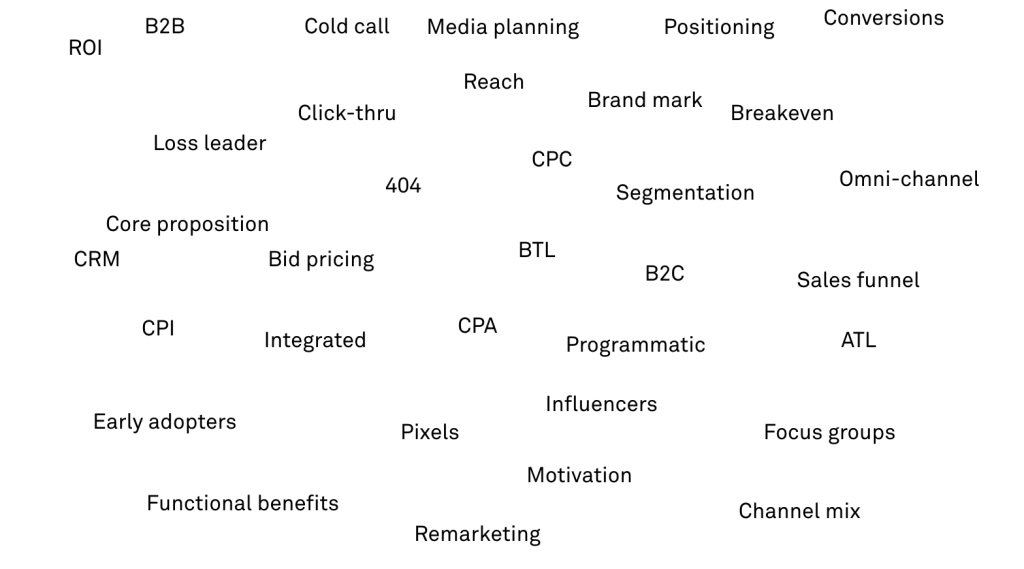
When I did our communications training at Global Ideas, I used this slide as an example of the vernacular that makes up marketing. Hands up how many of you understand more than say half a dozen of these terms.
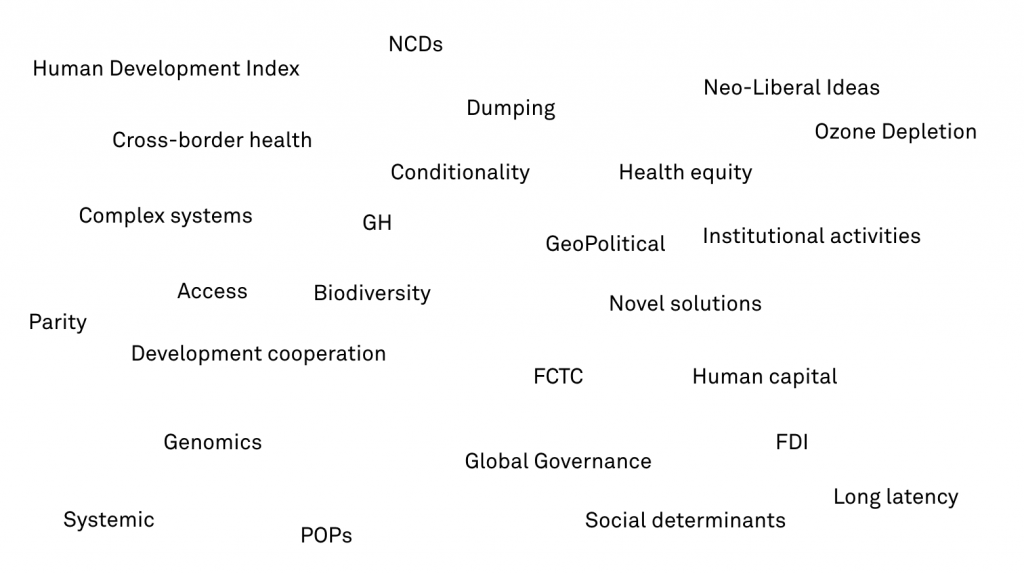
So this is what us regular folk see when you start talking about health. It’s confusing and strange and immediately I switch off. But that’s not to say the people you’re speaking to aren’t intelligent in their own way. Jargon has its place but you have to consider who you’re speaking to. Even if your audience isn’t that health literate, they all have things they’re good at, and should just generally be treated with respect.
This is my favourite recent example of a campaign that just doesn’t get it. Apart from the fact that the original Stoner Sloth.com was a pro-marijuana website, what’s most concerning is that the general message is to shun and ridicule someone who smokes a lot of weed, not look to educate or change their behavior. It’s poor in its execution because it looks exactly like what your mum would say to you to get you to stop smoking and that’s not who the audience listens to. It’s who the audience revolts against.
This campaign is also a catastrophic failure of market research. It fails to understand its audience and to me treats them with very little respect. I’m not sure who would watch this and suddenly think that yep, maybe it’s time to stop smoking so much weed.
Last year when I spoke, I highlighted the anti-speeding ads as ones that I no longer thought treated the audience with respect. I thought the story was unsophisticated and quite insulting to a lot of people. Since that time, the advertising agency responsible for TAC has changed hands, and I absolutely love the new work they’ve created.
The reason I like this new work is that they’ve changed the story to make it more human and more relatable for anyone. It grabs us with emotion, but leaves us with a real, functional message. This leads me to my next point.
There is too much to care about: so tell a good story.
I asked a whole bunch of friends for examples of health related communications and everyone provided a different answer. And it confirms something that has bugged me about the not-for-profit space in Australia for some time.
There is too much to care about. We’re constantly told that this cause is more important than that or to give money to those guys today. It’s overwhelming. We’re not programmed to care about everything all of the time, so quickly we start to care about nothing.
There are many examples of organisations that have understood their old narrative is staid and uninteresting, so have gone about changing their story. If you look back to Kony 2012, that was a half hour video that no one knew a thing about, yet in the space of days it had amassed 100 million views. If you haven’t watched it, go and look it up. It is the ultimate piece of storytelling because it compelled so many people to act, most of whom didn’t bother to fact check the claims. I want to be clear that I don’t condone lying in the creation of communications, but watch the Kony work for its narrative and production.
A more recent example of an organization that worked out how to tell a good story was from the Syrian crisis and trying to raise aid money in the aftermath of many attacks. During time on the ground, the group behind the campaign spoke to people responsible for digging bodies out of rubble after particularly vicious attacks. Bombs would detonate shrapnel into buildings designed to break apart their infrastructure and cause them to collapse. These guys were trained in a very particular style of rescue and were on the front line every day.
These guys needed aid and assistance and thought that the tactic was to show images of the bloodied and dead Syrians. But the reality is, we’ve seen that already. We’re almost immune to these images because they’re not new. So they wouldn’t work. It’s a sad state of affairs, but it’s also completely true. Instead, the story was changed to focus on those out there every day saving lives.
I don’t want to get into the political background of this group, but just to highlight that as a piece of communication and of storytelling, it does an amazing job. And a good story can truly lead to action. Finding that emotional driver can lead to a functional outcome and can start the conversation required to change behavior in the long term. A good story gives people reasons to care again.
Learn how to listen
Once you’ve managed to get people thinking about their actions, it’s time for the conversation to continue. I mentioned earlier that it’s often your audience that isn’t listening and while that’s true, it goes both ways. Most people have not yet learned how to really listen. How to understand the words being spoken and the intention behind them. Humans constantly only speak with half truths because they are worried about judgment. That is particularly true in health. If you can learn how to listen to someone and relate to their world, you can find the ways to connect with them and have a meaningful conversation. Ultimately, if you can communicate, you can educate and if you can educate, you can change someone’s behavior.
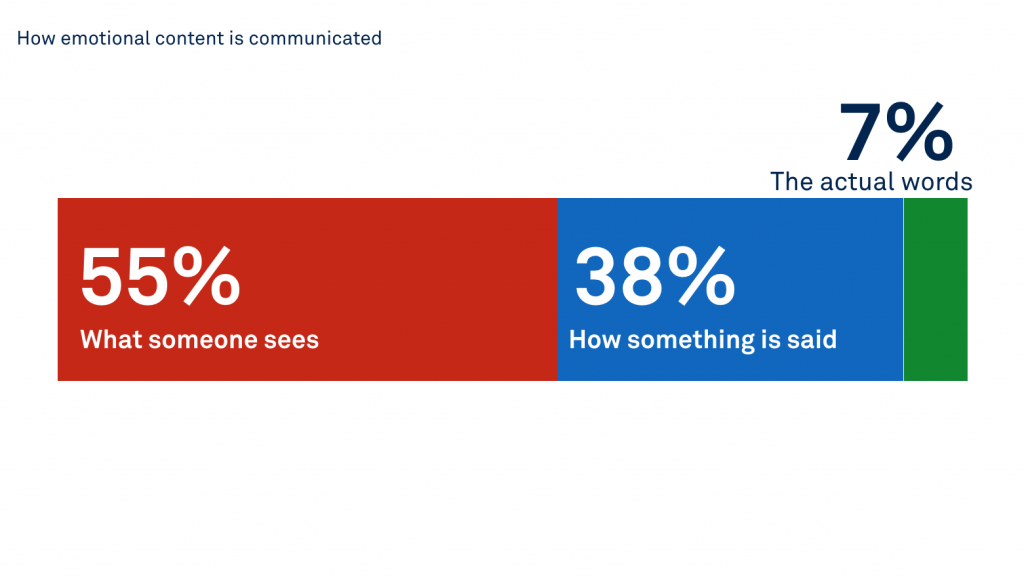
A good listener understands non-verbal cues, and sometimes the trick to relating to someone is getting them to feel something — physically, not just emotionally. You would have learnt about surveys and interviews and those skills are useful when thinking about how to best speak to your audience. This is where data falls down because it doesn’t have the human touch required for a lot of message and awareness based communication. It doesn’t have nuance. A recent campaign to educate people about Multiple-Sclerosis lead a team to build a bike that displayed some of the physical signs of MS. Its intention is for people to ride it and to feel things they wouldn’t otherwise be able to see. I’ve had the pleasure of working with the guys behind this before and I can attest to their passion and dedication.
Work with people who give a shit
Something like that is a great example of the right people working together. Getting a bunch of smart people in the room together with a common goal. It’s weird to say, but if you work with people who truly care about what they’re doing, it makes it easier to communicate. You can challenge one another, discuss the possibilities and ultimately get to better outcomes.
Every industry is made up of people who are in it for the money, and every industry has people who give a shit. Find those people. Work with those people. Because they’re the ones who will do amazing things. They’re the ones who make you want to go to work every day and spread the word about whatever it is you do. And the people you want to work with are writers, designers, developers, art directors, psychologists and engineers. They’re people who have different backgrounds but believe in what you’re working on and it’s with those collective minds that the best solutions are found.
I’ve been fortunate enough to end up working with people who really do care. It’s led me to research how universities connect with their prospective and current students. I am in a strange position where I get CEOs to use post-it notes to come up with ideas, then test them with students, then create them. While my current focus is on product design, I have to say, most university communication is dull, uninspiring or a little bit absurd. I’m not sure what anyone thinks about Melbourne Uni’s ‘where great minds collide’ campaign but my impression is overproduced and poorly scripted. But I use this as an example to show someone who I think has got it right. Who has managed to draw out an emotional response to a University, a place that doesn’t usually elicit much beyond stress.
The take away for me is that it’s possible to find the right message in anything if you work with people who love what they do and want to produce only the highest quality outcomes. Who are willing to spend the time finding out how to connect with their audience. Which leads me to my final point.
Find your passion, no matter what it is.
I want to end on this note because I think it’s the most important. If you find that one thing that really gets you going, all the other tips I have for communication will come. You will spend the time learning and reading and writing and working out what your narrative is. You will spend the time listening to and speaking with others because suddenly you have all the time in the world to have a conversation. And your enthusiasm, your drive and your excitement for what you do will inspire others to jump on board.
At this stage, I know I’m too old for some things. I’m never going to be a doctor and I’m never going to be as influential as someone like Rob. But what I do know is that I’m passionate about working out how to help solve problems that others can’t. To find new ways of thinking about health and education. I don’t need to be the expert in the room like you’re all going to be, but I do need to know how to help interpret your expert knowledge into something usable by the masses. Some days our ideas will completely sink and others we’ll have a hit. But the fact that you have that message in you is what makes me go to work every day. And makes me truly enjoy what I do.
I’ve now found myself in the position of working with dietitians. It is my new job and the new company I have started. We’re working to build a platform for dietitians to help manage at risk Australians. When you consider that there are around 5000 registered dietitians and 2/3rds of the population is at-risk, we have our work cut out for us.
But we’ve gotten to this stage by talking to dietitians and understanding more about their world. And what excites me is how passionate they are about the work they do and how much they want tools to make their lives more efficient, effective and accurate. And that’s where we come in. Our team of designers, developers, and researchers are working away to bring something to market in the next few months. By taking all the things we’ve learned from big brands and big data and understanding how we can apply them to the people who will benefit most. Without following the tips described above we would be creating something we think they want to use, not something they actually want to use.
There are a growing number of people out there with the skills and the desire to bring your passion to life. So consider yourselves fortunate enough to be in the situation you are. Go and learn as much as you can about whatever excites you. Go and speak to people, find those with common interests, break out from the traditional mindset of health and meet people who work in creative fields, entrepreneurs, whatever else. And then go make cool shit happen.
Thank you.